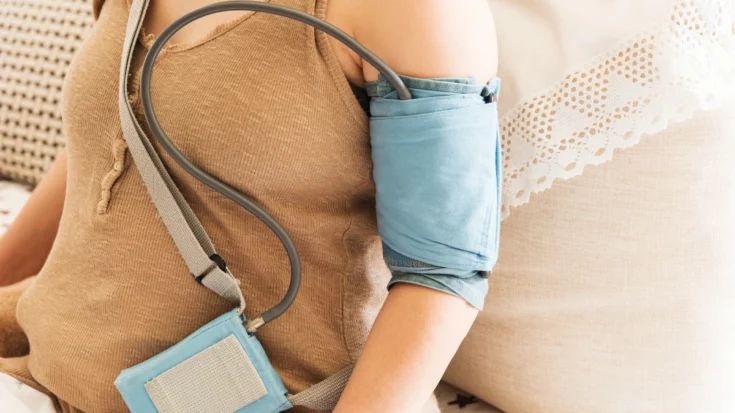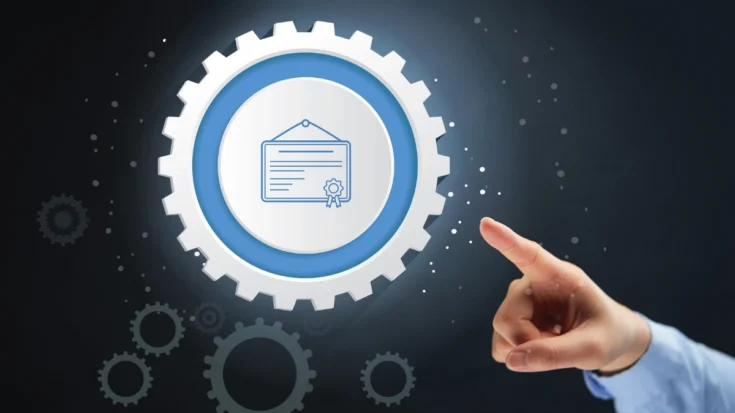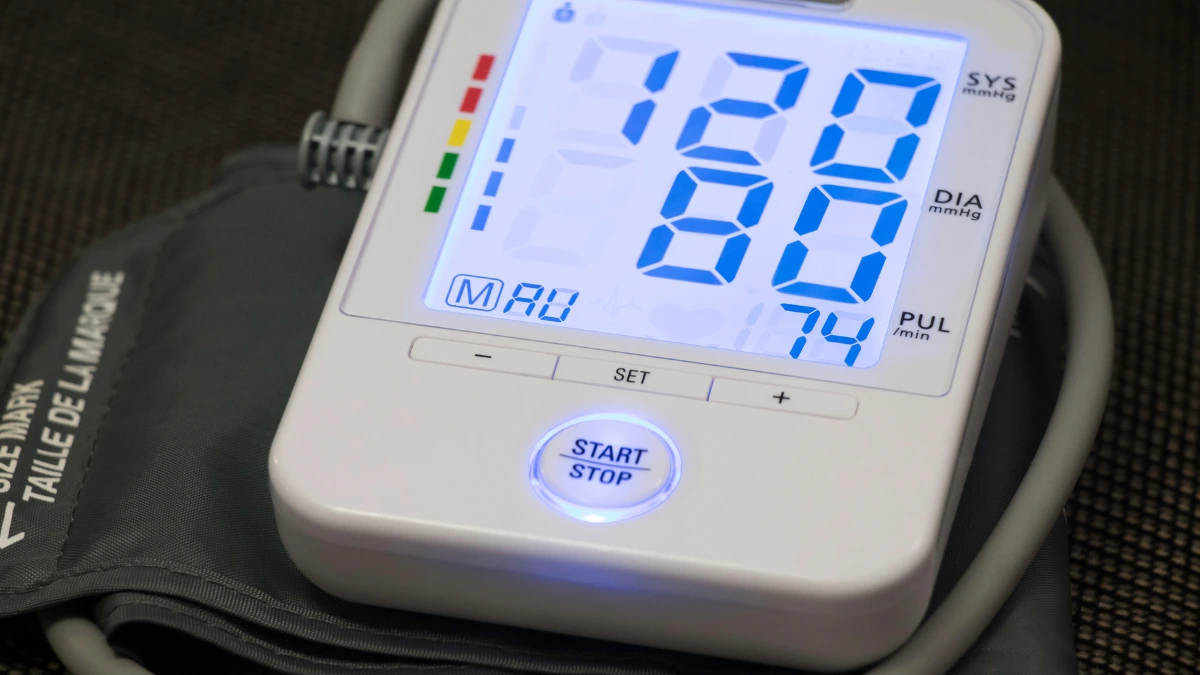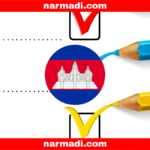Technology has penetrated various industrial sectors, one of which is health. An Ambulatory Blood Pressure Monitoring (ABPM) is a medical device with Bluetooth or Short Range Device (SRD) technology that can help to monitor your blood pressure as part of maintaining health.
Are you familiar with the ambulatory blood pressure monitoring? This article will review ABPM from the definition, how it works, its benefits, and its regulation in Indonesia.
Table of Contents
What is an Ambulatory Blood Pressure Monitoring?
Ambulatory Blood Pressure Monitoring is a method of blood pressure monitoring that is performed continuously over a while. The period of this method is usually 24 to 48 hours.
Also Read
A portable ABPM device worn by the patient automatically measures blood pressure at specific time intervals, usually every 15-30 minutes during the day and every 30-60 minutes during the night.
The data collected from the ABPM is a snapshot of blood pressure fluctuations throughout the day, thus reflecting the patient’s daily condition.
How Ambulatory Blood Pressure Monitoring Works

Here’s how Ambulatory Blood Pressure Monitoring works:
- The power supply provides voltage and the sensor reads the temperature: The power supply circuit will provide voltage to the Arduino circuit, then the temperature sensor reads the temperature value.
- Pumping air into the cuff: The motor pump circuit will pump air into the cuff until it reaches a certain pressure and causes the arterial blood vessels to close. The Arduino will continue to open the valve until the corotkof signal to record data.
- The pump result value is displayed: The value stored in the Arduino will be displayed on the LCD.
- The Arduino data is sent to the Android: Then the data stored in the Arduino is sent to the Android device via Bluetooth.
The series of work takes place continuously with a predetermined time interval.
The Benefits of Ambulatory Blood Pressure Monitoring

Ambulatory Blood Pressure Monitoring offers various important benefits in blood pressure monitoring and management. As reported from various sources, here ere are 5 benefits of ABPM that you can experience:
1. Assessing the effectiveness of therapy
ABPM is used to determine the extent to which antihypertensive treatment is able to control the patient’s blood pressure to stay within normal limits throughout the day, including during sleep.
2. Evaluate the risk of cardiovascular disease
By providing more comprehensive blood pressure data, ABPM plays a role in estimating the potential for cardiovascular disorders such as stroke or heart attack.
3. Detecting masked hypertension
There are conditions where blood pressure looks normal when checked in the clinic but is actually elevated in daily activities. ABPM can uncover these hidden conditions that often go undetected in regular check-ups.
4. Identifying white coat hypertension
Some individuals exhibit high blood pressure only while in the clinic, called “white coat hypertension.” ABPM helps recognize this condition by recording blood pressure in more natural, everyday situations.
5. More accurate hypertension management
By monitoring blood pressure for a full 24 hours, including during the night, ABPM provides a comprehensive picture that is very useful in tailoring hypertension therapy, for example, to manage high blood pressure that occurs during sleep (nocturnal hypertension).
Ambulatory Blood Pressure Monitoring Regulations in Indonesia

Blood pressure monitoring uses communication technologies such as Bluetooth or SRD that operate within a specific frequency spectrum. In Indonesia, any Bluetooth or SRD-based wireless device is required to have DJID (Directorate General of Digital Infrastructure) under the Ministry of Communication and Digital (KOMDIGI).
This is based on KEPMEN No. 260 Tahun 2024, which requires all radio frequency-based devices, including blood pressure monitoring, to meet specific technical standards before being sold in the country.
The certification ensures that the product meets government safety and quality regulations and does not interfere with other communication devices. The certification process involves technical testing, such as frequency adjustments, safety checks, and compatibility with the surrounding environment.
Once the tests are completed, products that pass are listed in a Test Result Report, which confirms that the product is safe and ready for sale in Indonesia. This report reassures customers that the product meets technical standards and is secure.
For companies wanting to sell blood pressure monitoring in Indonesia, Type Approval Certification Services for ICT Products are available to assist with this process. This service includes preparing technical and legal documents, conducting required testing, ensuring compliance with regulations, helping companies streamline the certification process, and giving consumers confidence in certified products.











